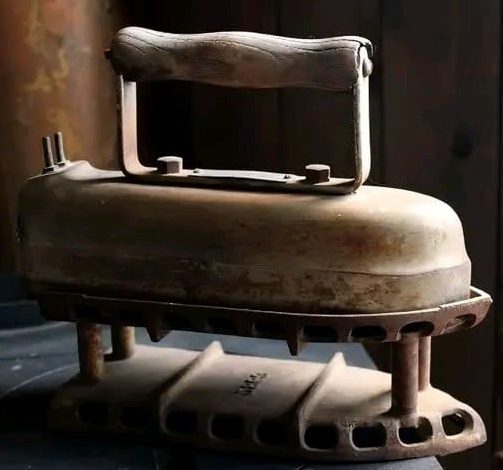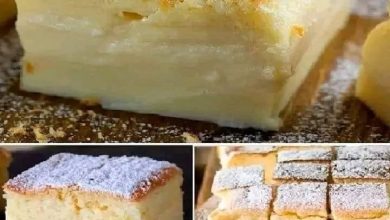A Glimpse into History: The Evolution of the Antique Iron

ADVERTISEMENT
A Glimpse into History: The Evolution of the Antique Iron
The antique iron featured in the image represents a piece of household history, a relic from a time when everyday tasks like ironing required significantly more effort than they do today. While we now rely on electric irons with adjustable temperatures and steam functions, earlier generations used much more rudimentary devices, such as this iron, to keep their clothes wrinkle-free. This specific iron likely dates back to the early to mid-20th century and was a common tool in many households.
The Functionality of Early Irons
Before the advent of electricity, irons were heated manually, either on stoves or with hot coals. The iron in the image appears to be one of the more advanced models, possibly a charcoal or gas iron. Charcoal irons, also known as coal irons, were popular during the late 19th and early 20th centuries. These irons had hollow interiors where hot coals could be placed, allowing the iron to maintain its heat longer compared to those that needed to be reheated on a stove.
The handle on these irons was often wooden, so it wouldn’t conduct heat, allowing the user to press clothes without burning themselves. Irons like this were heavy, often weighing several pounds, which was necessary to press out wrinkles. However, the weight made them cumbersome to use for long periods, and the process of heating the iron and keeping it at the right temperature was a time-consuming task.
A Glimpse at Everyday Life
For most people today, ironing is a quick task performed with the help of lightweight, electric irons that heat within minutes. However, in the era of the iron featured in the image, ironing was an all-day chore. Housewives or servants would spend hours heating up these irons and pressing garments, often working in hot, uncomfortable conditions. This is a reminder of how household technology has evolved and simplified what were once labor-intensive tasks.
The antique iron also tells a story of resilience and resourcefulness. These irons were built to last, often made from cast iron or other durable metals. Their longevity and functionality reflect the values of an era where tools and household items were made to be used for many years, if not decades.
ADVERTISEMENT
The Transition to Electric Irons
The evolution of the iron began to change dramatically in the early 20th century with the introduction of electricity. By the 1920s, electric irons were becoming more widespread, allowing people to abandon their coal and stove-heated irons in favor of an easier, more efficient method. The first electric irons required an electrical outlet, and over time, features like adjustable heat settings and steam functions were added.
Despite the rise of electric irons, many families, particularly those in rural areas without access to electricity, continued using irons like the one in the image well into the mid-20th century. These antique irons are now cherished by collectors and history enthusiasts, serving as a reminder of the ingenuity and perseverance of past generations.
Collecting and Preserving Antique Irons
Today, antique irons are often prized as collectibles and serve as decorative pieces in homes or museums. The iron in the image, with its sturdy design and rustic appearance, likely holds sentimental or historical value for its owner. Collectors often look for unique features such as intricate designs, the maker’s mark, or innovative mechanisms that distinguished one model from another.
When preserving an antique iron, it’s important to prevent rust and further wear. Many collectors restore these irons to their original condition, but for some, the worn and weathered look adds to the charm, reflecting the iron’s long life and usage.
Conclusion
The iron in the image is a fascinating piece of history that offers insight into the daily lives of those who lived in a time before modern conveniences. While it may seem outdated now, it once played an essential role in households around the world. From its functionality to its craftsmanship, this antique iron represents the ingenuity and hard work of past generations, reminding us how far household technology has come.
ADVERTISEMENT
Whether appreciated as a collector’s item or simply as a glimpse into the past, this type of iron is a valuable artifact of history, symbolizing the evolution of everyday tools and the innovations that have shaped the way we live today.



